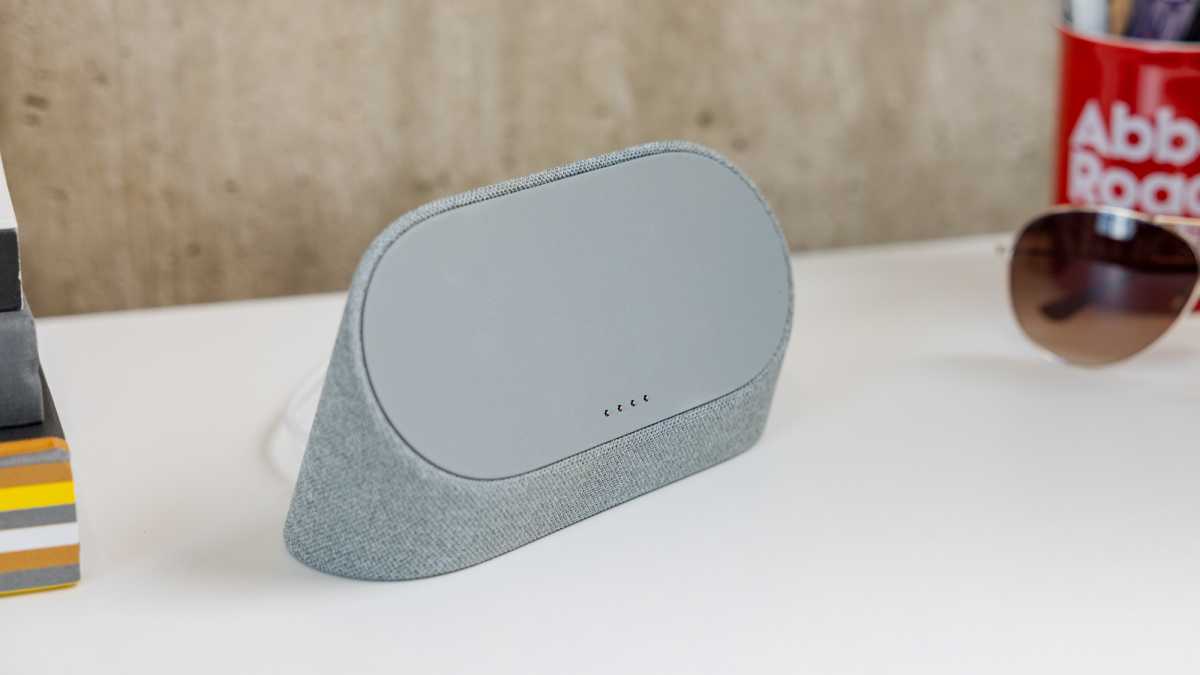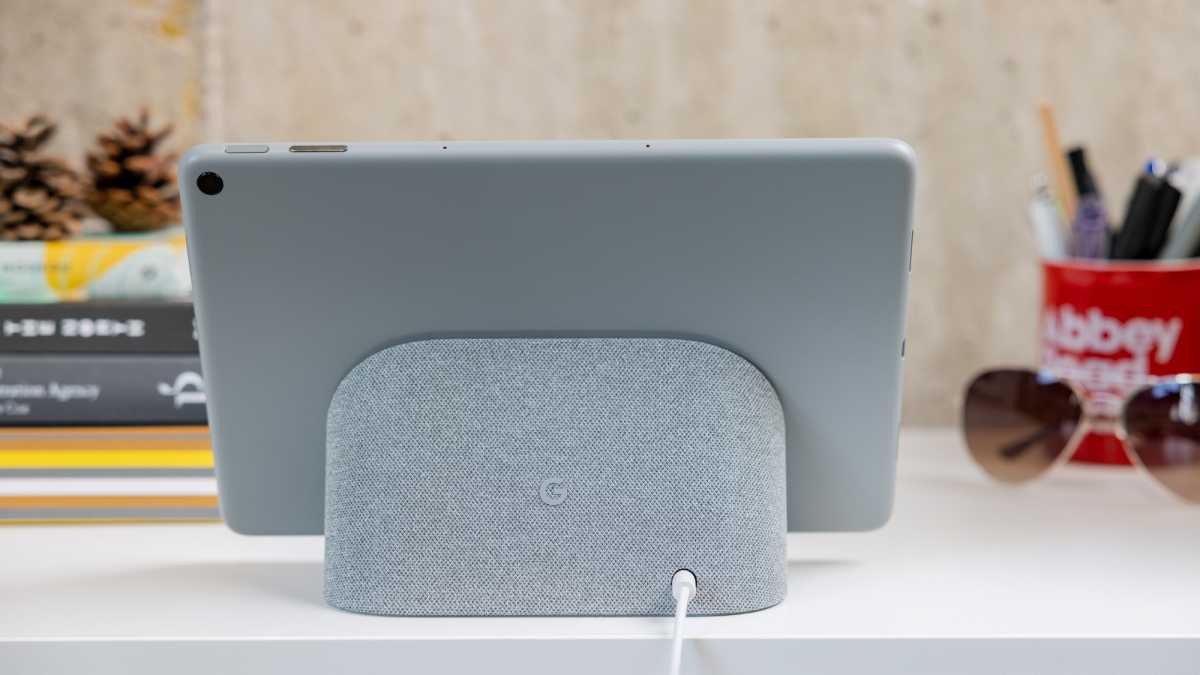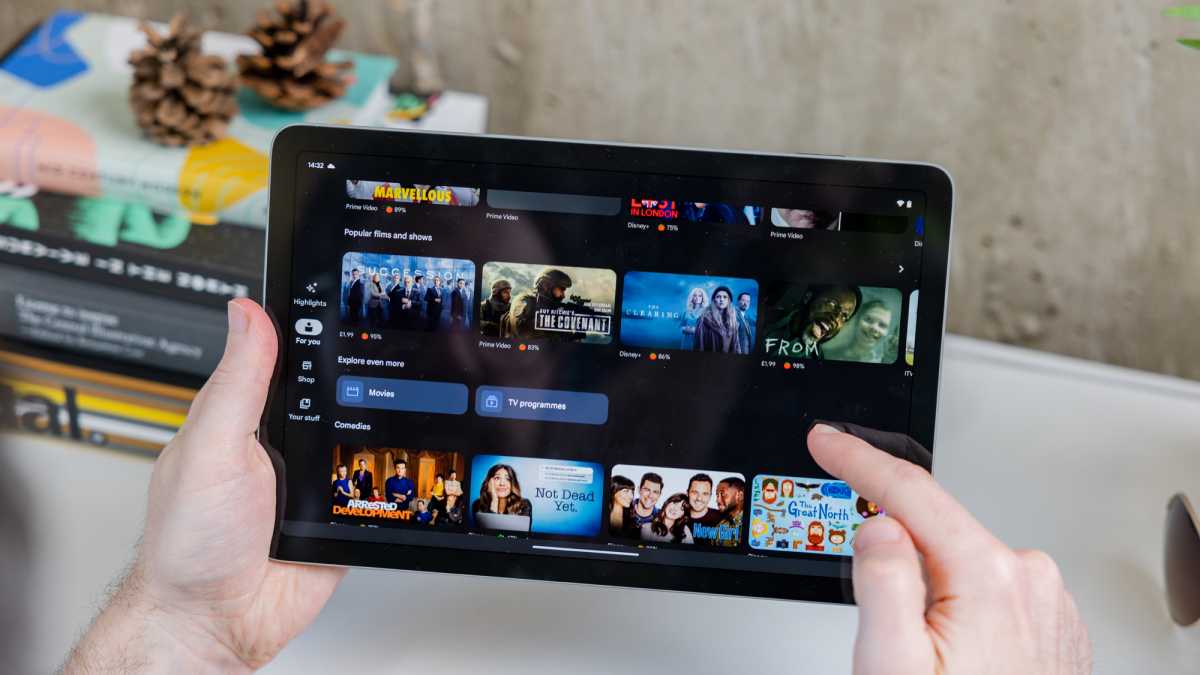Pixel Tablet 2: In summary
- Google’s second-generation flagship Android tablet
- Reportedly cancelled due to worries of poor sales
- A no-show at the Pixel 10 launch
- Google has officially commented on the situation
Google’s flagship Android tablet and iPad rival is two years old, so where is the Pixel Tablet 2?
The Pixel Tablet arrived in May 2023, and though not all devices have a 12-month refresh cycle, a successor would normally have arrived by now.
However, there’s still no sign of a Pixel Tablet 2, which Google may never release. However, there is still (some) hope for the future of the Pixel Tablet line.
Here’s everything we know so far, including rumours, our expert analysis and things we’d like to see.
When is the Pixel Tablet 2 release date?
In summary
- The Pixel Tablet 2 is reportedly cancelled
- A no-show at Google’s 20 August event
- Google officially says development is paused
Initially, it was thought that the Pixel Tablet 2 was going to arrive with the Pixel 9 range of phones and Pixel Watch 3 in August 2024.
That did not happen, despite the credible sources suggesting it would. In fact, there’s still no sign of it a year later, with the August 2025 launch event focusing on the Pixel 10 series and Pixel Watch 4.
It probably shouldn’t come as a surprise. Back in November 2024, it was reported that Google had cancelled the Pixel Tablet 2 (thought to be codenamed ‘kiyomi’), with sources around that time citing worries about poor sales.
Later news suggested Google was still working on a tablet of some kind, possibly the Pixel Tablet 3 coming in 2027, but Google has now (finally) spoken about the situation, so we have more clarity.
According to Bloomberg, who spoke with Google executives, including SVP of Devices & Services Rick Osterloh, it has “paused development on a tablet overhaul until it figures out a meaningful future for the category”.
This is about as official a comment as we’ve seen to confirm the Pixel Tablet 2 is cancelled, but the fact that it is only ‘paused’ and not completely abandoned leaves the door open for something in the future.
We hope there is a ‘meaningful future’ for Pixel tablets going forward, but it’s clear Google’s focus is on other hardware categories at the moment, as well as, of course, AI.
Dominik Tomaszewski / Foundry
Interestingly, the Bloomberg interview also revealed Google isn’t working on a foldable flip phone to rival the Motorola Razr or Samsung Galaxy Z Flip devices. Nor is it working on a smart ring and it’s “TBD” (to be determined) if any new smart glasses are on the way.
Sources: Phone Arena | Android Authority | Engadget | Bloomberg
How much will the Pixel Tablet 2 cost?
In summary
- Similar price to the original Pixel Tablet
- Should offer the tablet and docking station separately
The Pixel Tablet 2 may never see the light of day, but it was widely thought that Google would follow the same pricing structure as the original.
That would mean a price of £599/$499 for a 128GB storage capacity and bundled docking station (worth £139/$129 for the Pixel Tablet). The 256GB would cost £699/$599.
However, we’re not convinced that Google will go down this path again.
Many reviews, including Tech Advisor’s, criticised Google for not offering the tablet on its own. Now Google seems to have learned from that mistake, I’m hoping it offers both options from the start for the second generation.
Pitching the Pixel Tablet 2 at around £399/$399 on its own, and leaving the docking station as an optional extra (with a bundle discount), would probably be the wisest move. It would help the device to rival the regular iPad at least.

Dominik Tomaszewski / Foundry
What we want to see in the Pixel Tablet 2
In summary
- It might not launch, but some Pixel Tablet 2 specs leaked
- Could indicate some of what the Pixel Tablet 3 has to offer
- Tech Advisor wishes for more of the same, with improvements in certain areas
Although the Pixel Tablet 2 has reportedly been cancelled, Android Authority has shared a lot of information about its specifications and the features it could offer.
While neither official nor confirmed, this information reveals what the Pixel Tablet 2 could have been and some of which may still end up in the Pixel Tablet 3.
Design & Build
The Pixel Tablet 2, codenamed ‘kiyomi,’ retained the foundational design of its predecessor but included thoughtful improvements.
Google planned to enhance the accessory ecosystem with a first-party keyboard and stylus, making it more versatile for productivity and creativity.
The device also aimed to maintain its dual functionality as both a tablet and a smart display, aligning with its role in smart home setups.
We still like the Charging Speaker Dock as a unique selling point, but the speakers inside it could be a lot better, especially when compared to the Google Next Hub Max, which is very similar and sounds a lot better.

Dominik Tomaszewski / Foundry
Display
A significant upgrade for the Pixel Tablet 2 was its 10.95-inch LCD panel, offering a 120Hz refresh rate compared to the original’s 60Hz.
The resolution remained at 2,560 x 1,600, but brightness was slightly increased to 550 nits from 500 nits.
While still an LCD, chosen to avoid burn-in issues common with OLEDs, the smoother refresh rate promised a better visual experience.
It’s possible that with the Pixel Tablet 3, Google moved to both a higher refresh rate and an OLED panel. We’d love to see it go brighter, too.
Performance
At its core, the Pixel Tablet 2 was planned to run on the Tensor G4 chipset, using an Integrated Package on Package (IPoP) design.
Though slightly thicker and warmer than the Fan-Out Panel Level Packaging (FOPLP) variant, it offered cost efficiency.

Dominik Tomaszewski / Foundry
This represented a solid leap forward from the Tensor G2 of the original Pixel Tablet. Google also prepared the device for DisplayPort output, supporting up to 4K resolution, a step toward improved connectivity and external display capabilities.
If and when the Pixel Tablet 3 arrives, it could jump to the Tensor G6, making for a big performance jump.
Cameras
The camera setup would have seen moderate improvements.
The front camera would have been upgraded to a 10Mp Samsung sensor (from 8Mp), while the rear camera was planned to include an 11Mp autofocus sensor – up from the previous, fixed-focus 8Mp.
Despite these enhancements, face unlock was not included, even though the selfie camera was the same as the Pixel